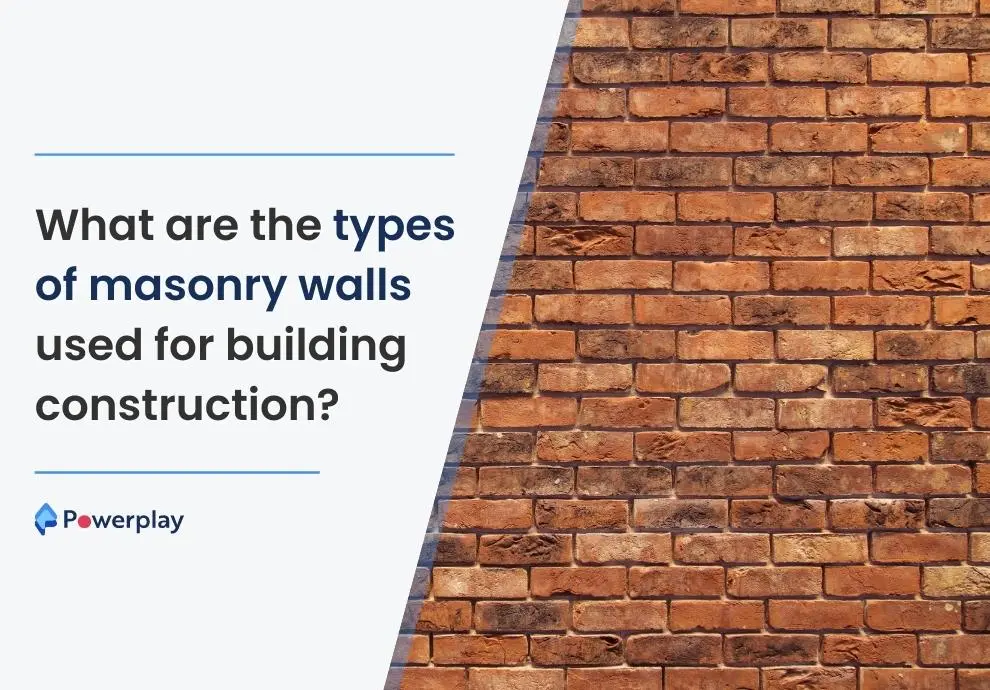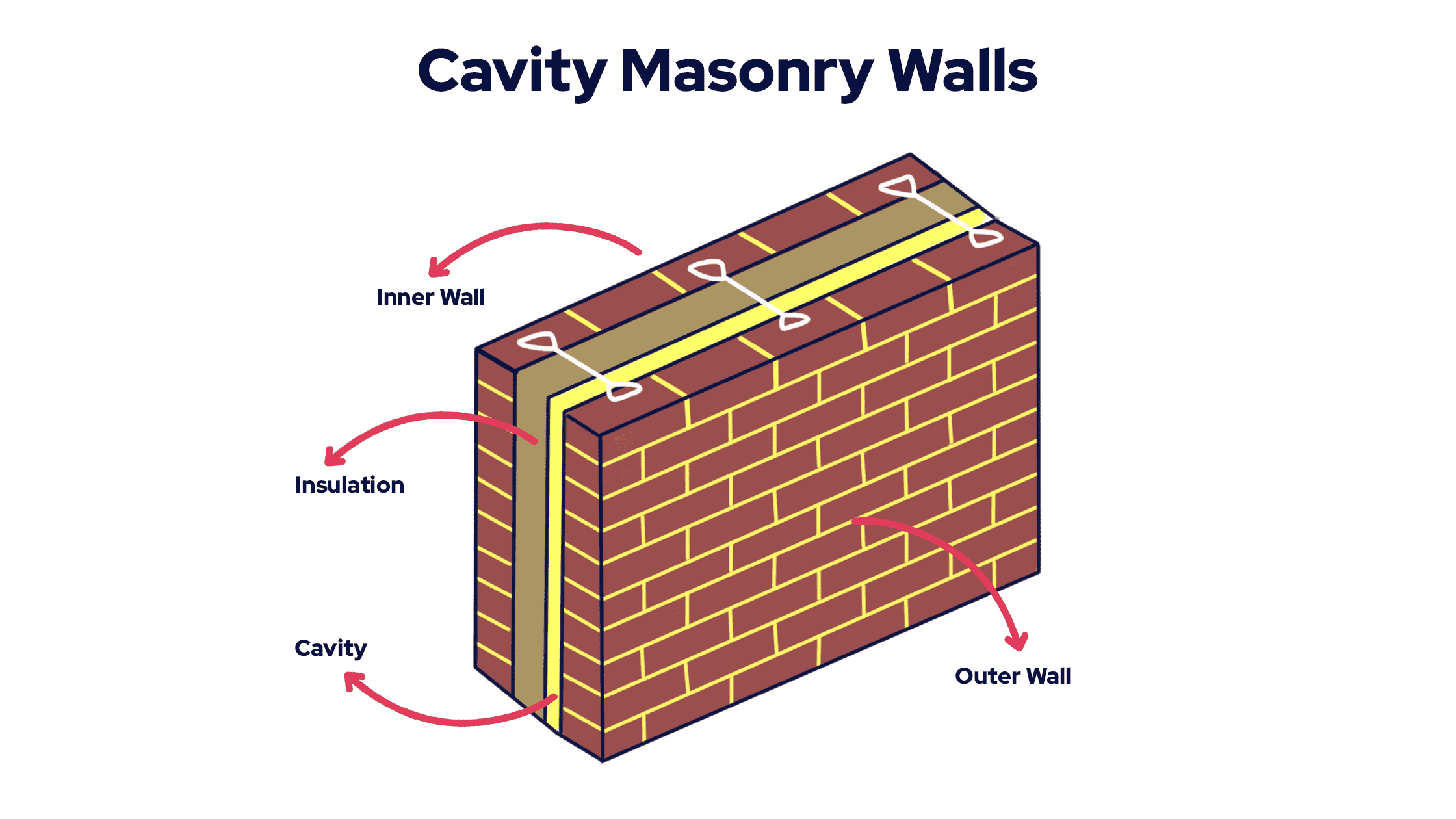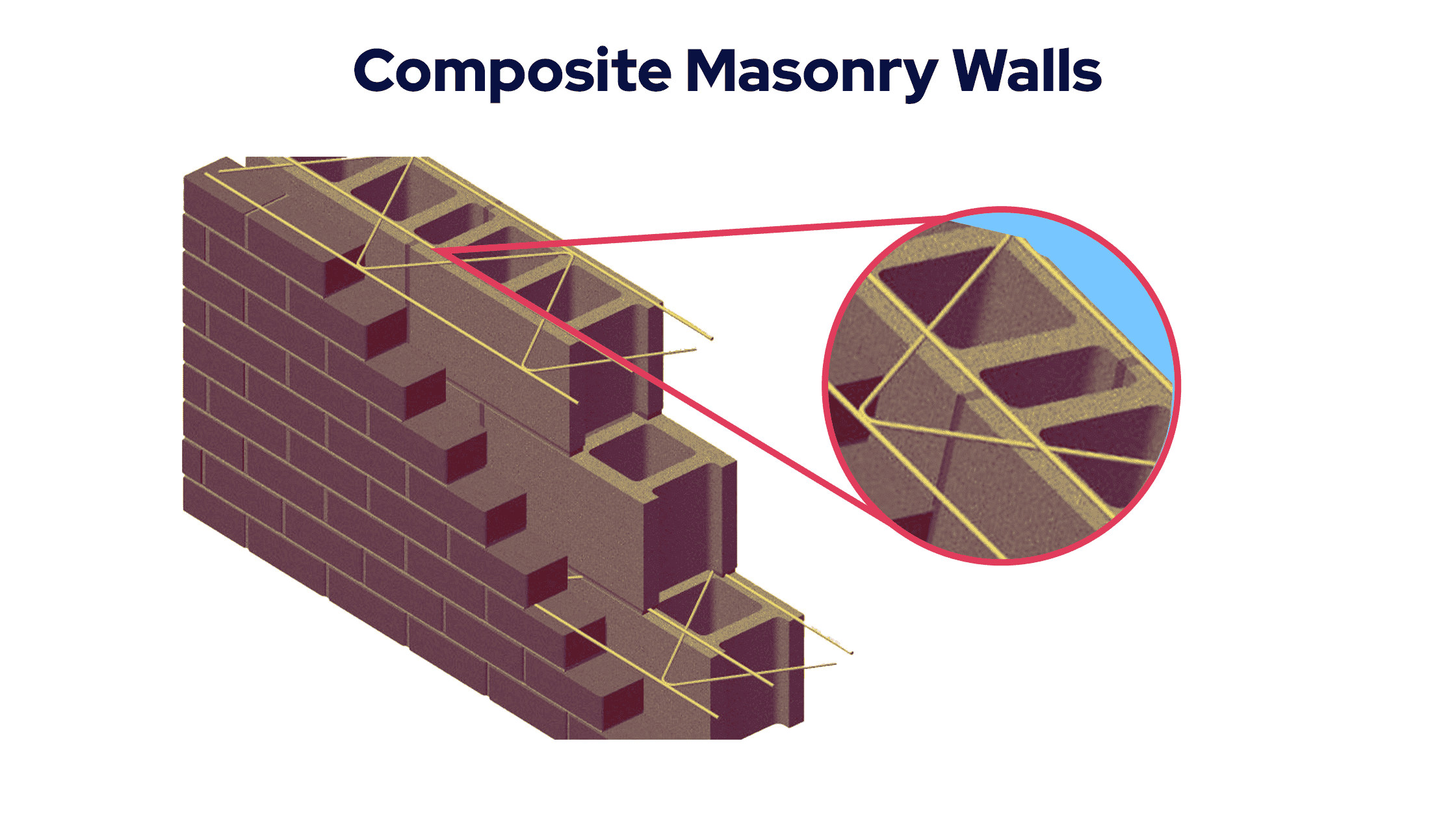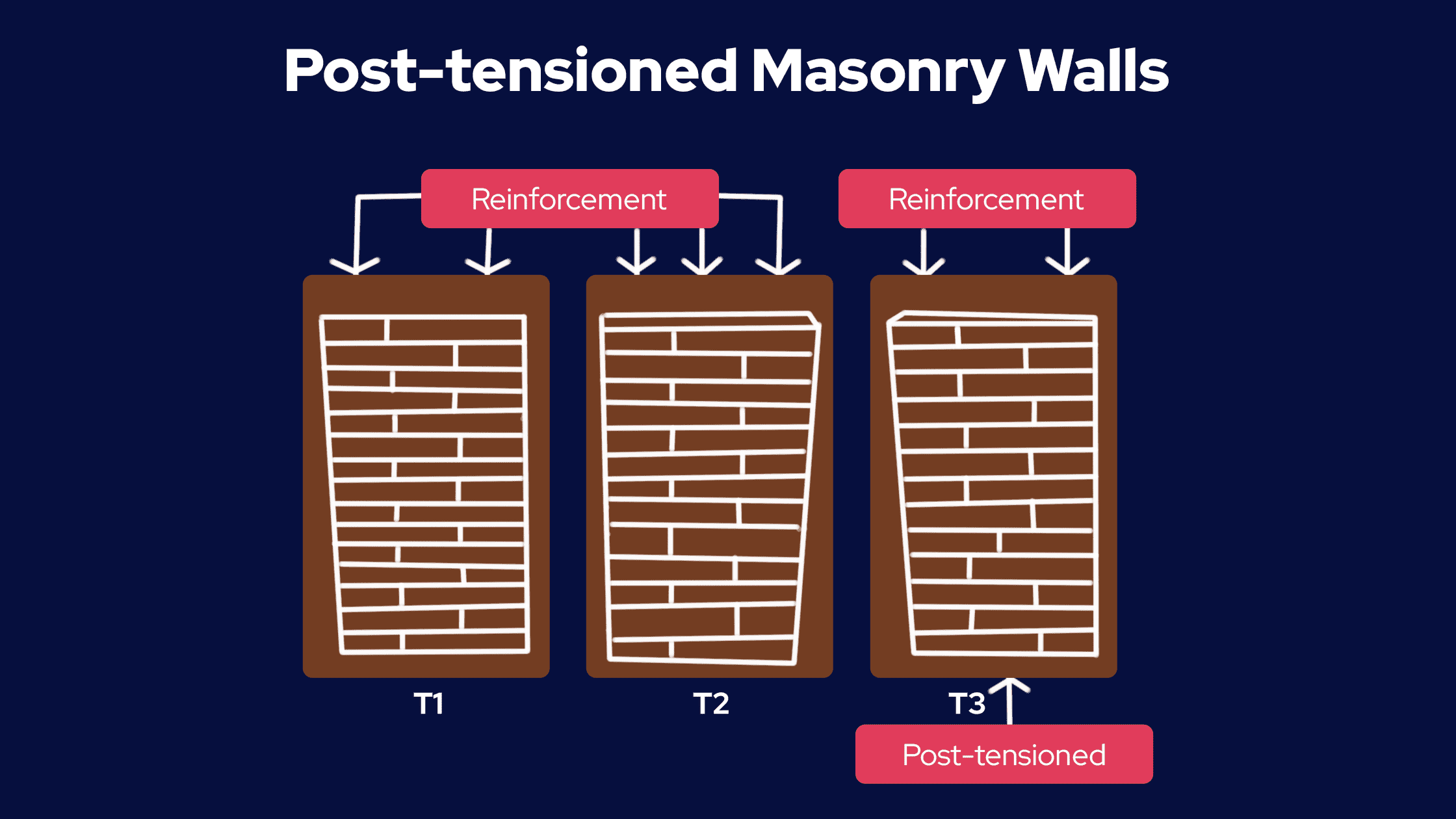What are the types of masonry walls used for building construction?
Many types of masonry walls can be used for building construction. Masonry walls are the strongest part of any structure or building. They add strength and durability to any structure and help to regulate indoor and outdoor temperatures.

It is what separates a building and the outside world. Masonry refers to construction using mortar as a binding substance with individual bricks, stones and concrete blocks. Mortar is a mix of binding material and sand. You can use cement, lime, soil, or other binding material. How well the material and workmanship are used will determine how durable and strong masonry walls are.
The history of humankind considers masonry, together with wood, one of the most important building materials. It has been used for construction materials for many thousand years, and it continues to be used. In recent decades, concrete and steel have replaced masonry as structural materials, which is a remarkable situation in countries where reinforced concrete is used for almost all new constructions. Masonry was mainly used in filling reinforced concrete and steel frames.
Masonry walls are the strongest component of any building or structure. They provide strength and durability for any structure and help control the temperature indoors and out. It keeps the indoors and outdoors separate.
Types of Masonry Used for Building Construction
There are five major types of masonry used for building construction:
1. Load-bearing Masonry Walls 2. Reinforced Masonry Walls 3. Cavity Masonry Walls 4. Composite Masonry Walls 5. Post-tensioned Masonry Walls
1. Load-bearing Masonry Walls
Bricks, concrete blocks or stones are used to build load-bearing masonry walls. These walls transfer loads directly from the roof to the foundation. These walls can be both exterior and interior. A load-bearing wall construction system is less expensive than a system that uses framed structures.
The load-bearing wall's thickness is determined by the amount of load it must support from the roof. A load-bearing wall with only a ground floor may have an outer wall of 230mm. However, it can have an outer wall of 230mm if one or more floors are above. Its thickness could be increased depending on the occupancy type. Load-bearing walls may be made of reinforced or unreinforced brick walls.
2. Reinforced Masonry Walls
Reinforced masonry walls are either load-bearing or non-load bearing. Walls that have reinforcement can withstand high compressive loads and tension forces. Unreinforced masonry walls are more susceptible to cracking and failure during earthquakes or under high compressive loads. They are unable to withstand wind and heavy rain lateral forces.
Because of differential settlement or earth pressure, cracks can also form in un-reinforced brick walls. Reinforced masonry walls are used to overcome these problems. It is necessary to reinforce walls at the required intervals, both vertically and horizontally. The size and quantity of reinforcements and spacing are determined based on wall loads and structural conditions.
3. Cavity Masonry Walls

A cavity or hollow masonry wall is used to keep moisture out of the interior by creating hollow spaces between the outside and the inside of the wall. Because the hollow space prevents heat from passing through the wall, these walls are also used to control the temperature inside the building.
If the wall is exposed to moisture, water seeps through the outer surface and flows down into the cavity, which is then drained out through the weep holes and redirected to the exterior. These hollow spaces can be covered with a water repellent coating or dampproofing to reduce moisture ingress further.
4. Composite Masonry Walls

These walls can be constructed using two or more units, such as bricks, stones or hollow bricks. This type of masonry wall construction has a higher aesthetic value and is more economical. Composite masonry walls are made up of two wythes that bond. One wythe may be made of brick or stone masonry, while the other can be made from hollow bricks.
A wythe can be described as a continuous vertical section made of one unit thick masonry. These wythes can be interconnected by steel ties or horizontal joint reinforcement.
5. Post-tensioned Masonry Walls

Post-tensioned walls are built to strengthen masonry walls against wind or earthquake forces. These walls are built from the foundation and anchor the post-tensioning rods into the foundation.
These rods run vertically between the concrete masonry units' wythes. Once completed and dried, these rods are tied and attached to the steel placed at the top of the masonry wall.






